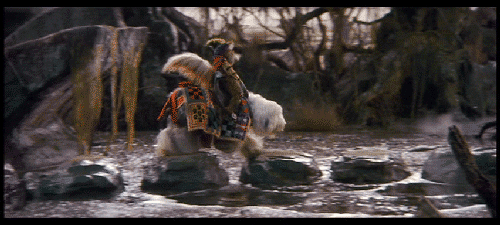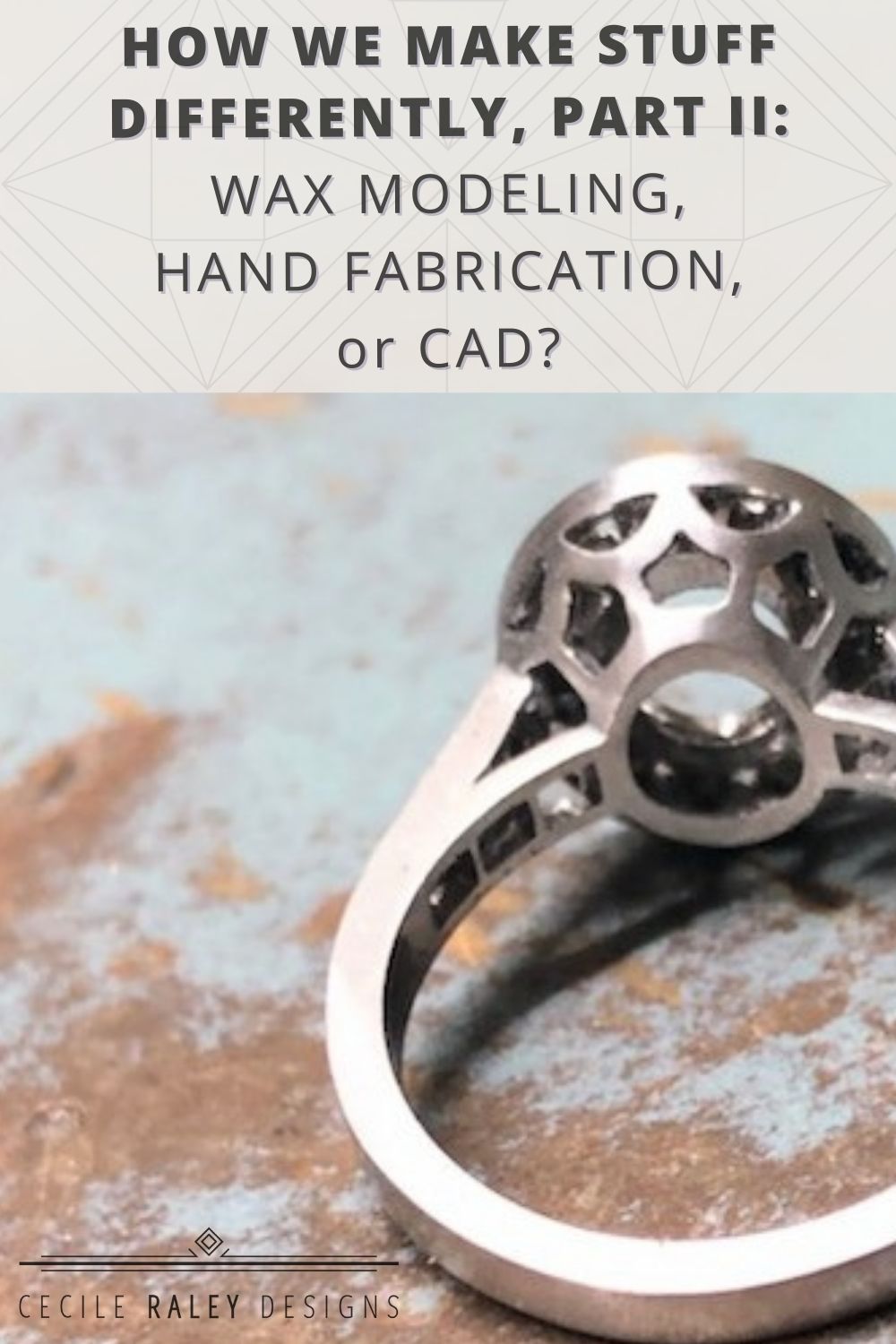- Joined
- May 17, 2014
- Messages
- 7,232
Are hand forged rings supposed to be superior?
I've seen a lot of rings promoted as hand forged and they look totally wonky to me. They probably would have benefitted from a uniform mould rather than being clobbered up by whomever. Was the particular bench just dodgy?
I've always expected hand forged to equal hand crafted and therefore superior but some of the stuff is so crooked it makes me think a stock setting is a safer option sometimes.
Interested to hear your thoughts. Are your rings hand forged or cast? Which do you prefer?
I've seen a lot of rings promoted as hand forged and they look totally wonky to me. They probably would have benefitted from a uniform mould rather than being clobbered up by whomever. Was the particular bench just dodgy?
I've always expected hand forged to equal hand crafted and therefore superior but some of the stuff is so crooked it makes me think a stock setting is a safer option sometimes.
Interested to hear your thoughts. Are your rings hand forged or cast? Which do you prefer?











300x240.png)